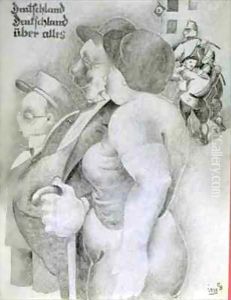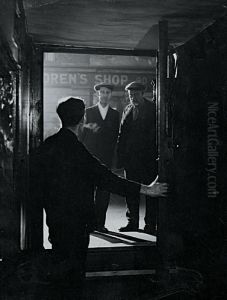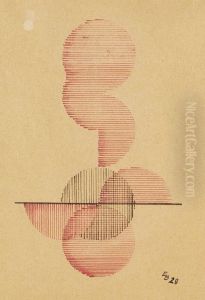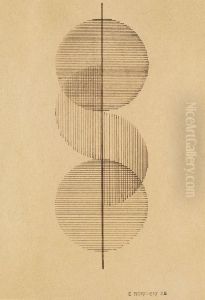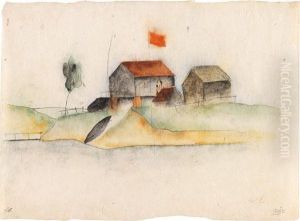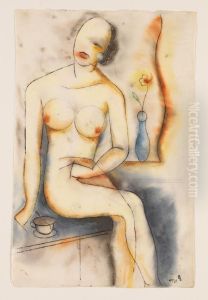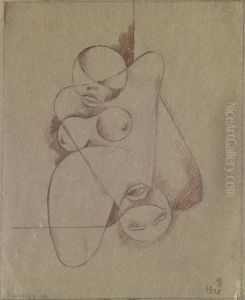Erich Borchert Paintings
Erich Borchert was a German artist known for his expressionist works that often reflected the social and political turmoil of his times. Born on October 28, 1907, in Dresden, Germany, Borchert was raised in an environment that was highly influenced by the arts, particularly as Dresden was a center for German Expressionism.
From a young age, Borchert demonstrated a keen interest in art and was encouraged to pursue his passion. He studied at the Dresden Academy of Fine Arts, where he was exposed to a variety of artistic styles and techniques. His early work was influenced by the likes of Ernst Ludwig Kirchner and other expressionist artists, who emphasized the emotional experience over physical reality.
During the 1920s and 1930s, Borchert's style evolved, and he began to develop a unique voice that was deeply reflective of the human condition. His art often depicted the struggles and anxieties of the interwar period, making use of distorted forms and a vivid color palette to convey his messages. He became an active member of the Dresden Secession Group 1932, which was part of the larger German expressionist movement.
However, Borchert's career was significantly impacted by the rise of the Nazi regime in Germany. The Nazis condemned modernist art as 'degenerate,' and Borchert's work was not immune to this critique. This led to a period of difficulty for the artist, as his ability to exhibit and sell his work was severely restricted.
Despite these challenges, Borchert continued to create, and his later works became even more charged with political and social commentary. Unfortunately, his career was cut short when he was drafted into the German army during World War II. Erich Borchert died on the Russian front in 1944, leaving behind a body of work that continues to be studied and admired for its intensity and its poignant reflection on a turbulent period in history. His legacy is preserved through his art, which stands as a testament to his talent and his commitment to expressing the truth as he saw it through his expressionist lens.
